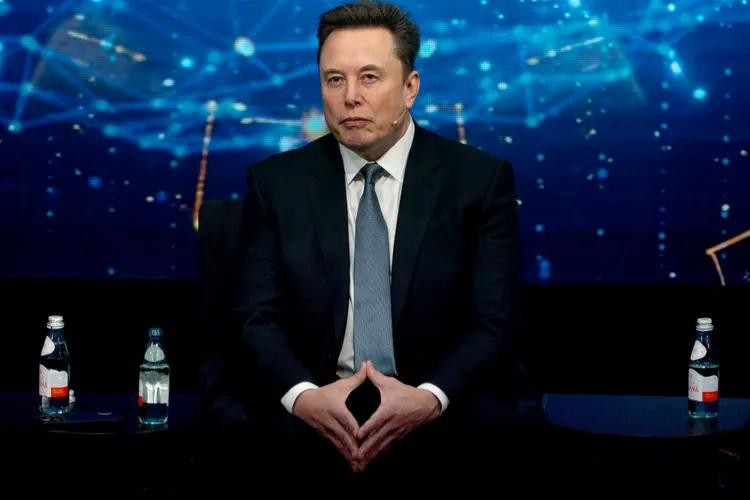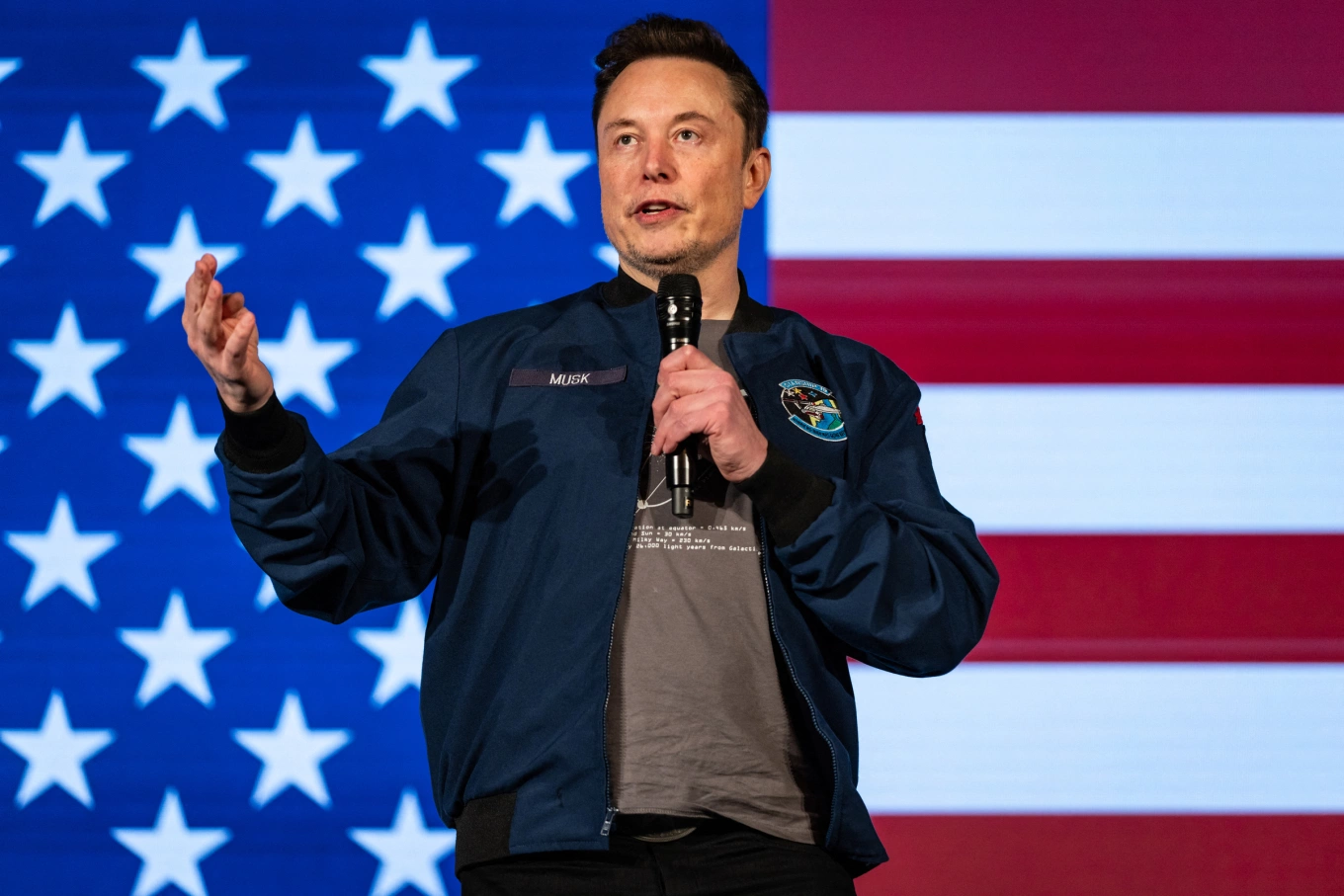In a historic announcement that could redefine the global energy landscape, Elon Musk has unveiled Tesla’s most ambitious innovation yet: a revolutionary battery system capable of powering entire cities for weeks on end. According to Musk, this groundbreaking technology is designed to provide uninterrupted, clean energy at an unprecedented scale, potentially making traditional oil, gas, and fossil fuel markets obsolete.

The system, still in its prototype phase, combines Tesla’s cutting-edge battery chemistry with advanced energy management software. Musk claims it can store and deliver massive amounts of power efficiently, while integrating seamlessly with existing renewable sources such as solar and wind. If successful, entire metropolitan areas could operate on Tesla batteries alone during peak demand periods or even during emergency power outages, dramatically reducing carbon emissions and reliance on fossil fuels.

The global response has been immediate and polarized. Industry experts and environmentalists have praised the innovation as a potential game-changer for clean energy, calling it “a step toward a sustainable, carbon-free future.” Skeptics, however, have raised questions about feasibility, costs, and the infrastructure required to deploy such systems at scale. Critics point out that while Tesla has a history of delivering breakthrough technology, large-scale adoption of city-wide battery systems has never been tested, leaving many uncertainties about practical implementation.

Beyond energy, the implications for entire industries are staggering. Utilities, oil and gas companies, and traditional power grid operators may face unprecedented disruption if Tesla’s technology lives up to Musk’s claims. Governments and city planners worldwide are now watching closely, weighing potential partnerships, regulatory challenges, and strategies for integrating this technology into urban infrastructure.
While a timeline for widespread rollout remains unclear, Musk has emphasized that Tesla is moving “as fast as humanly possible” to bring the system online. For billions of people, this innovation represents a glimpse of a future where energy is abundant, clean, and resilient, reshaping how humanity powers its homes, businesses, and cities.